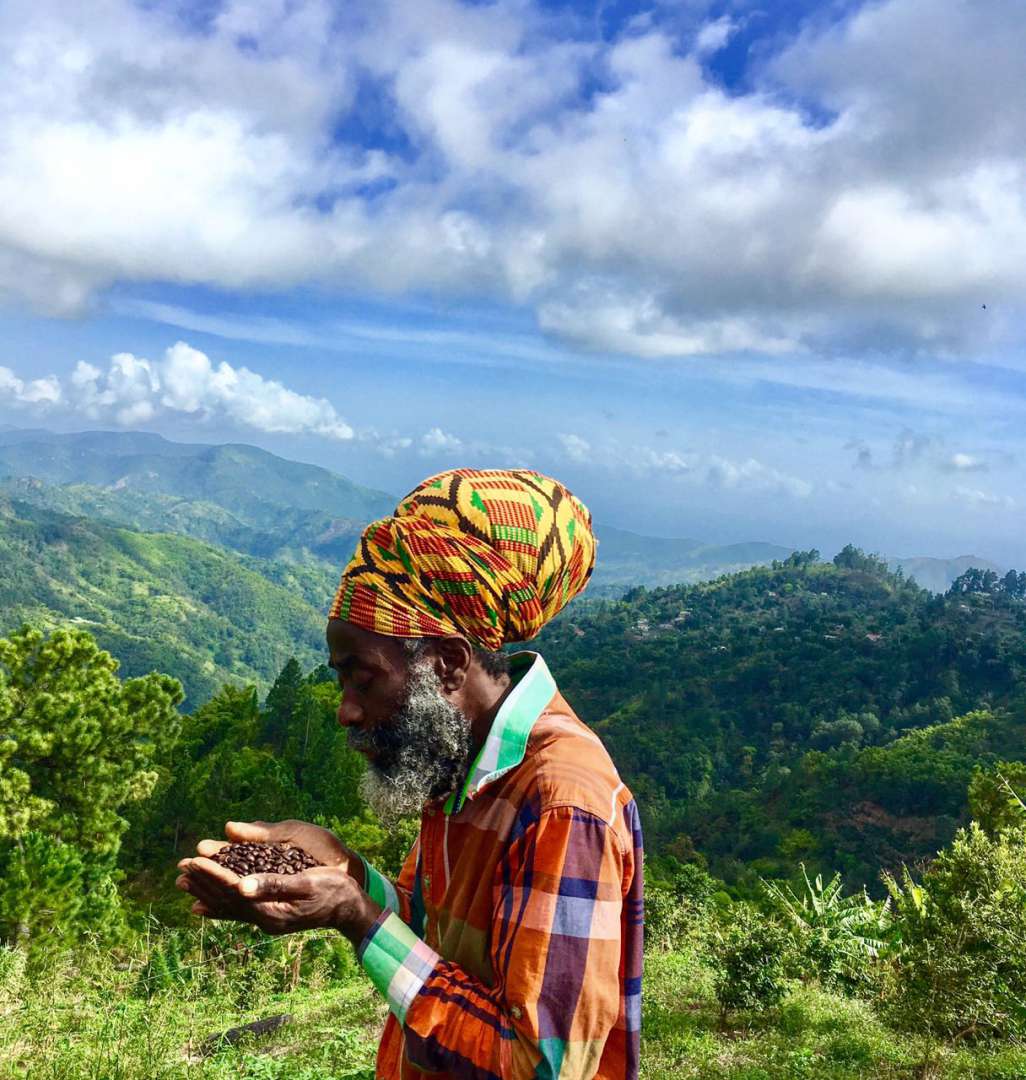
traveln-in-southamerika
vakantio.de/traveln-in-southamerika
Cañon de Colca
ޝާއިޢުކޮށްފައިވެއެވެ: 22.06.2017
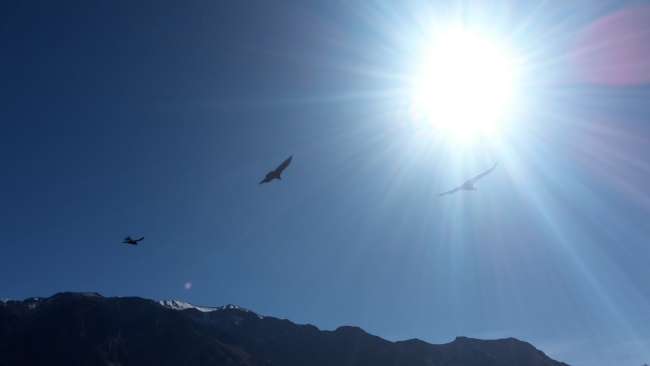
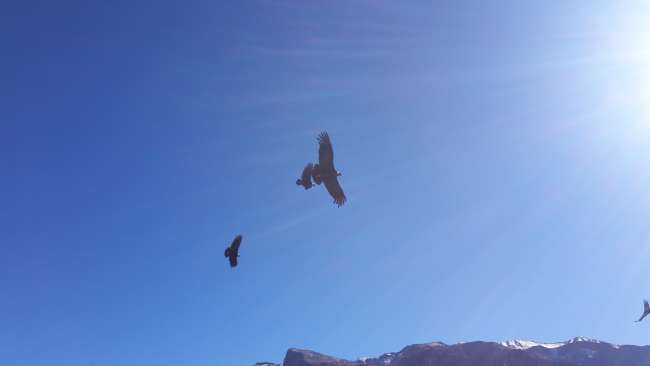
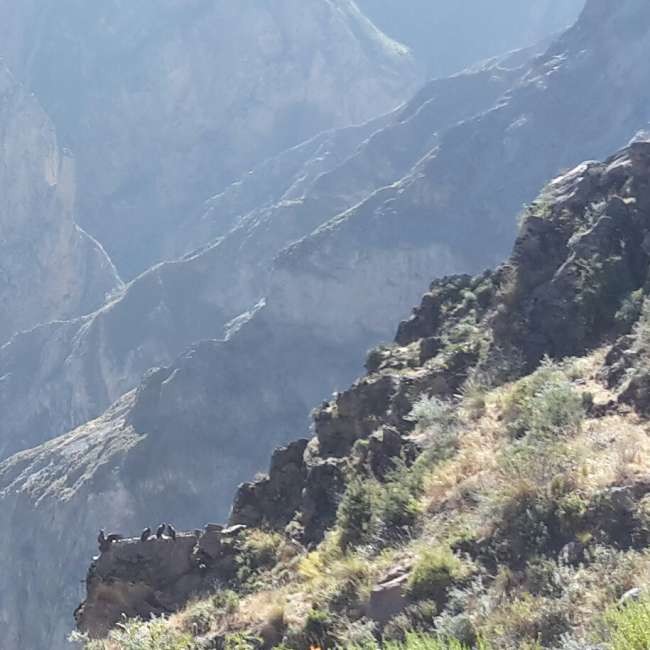
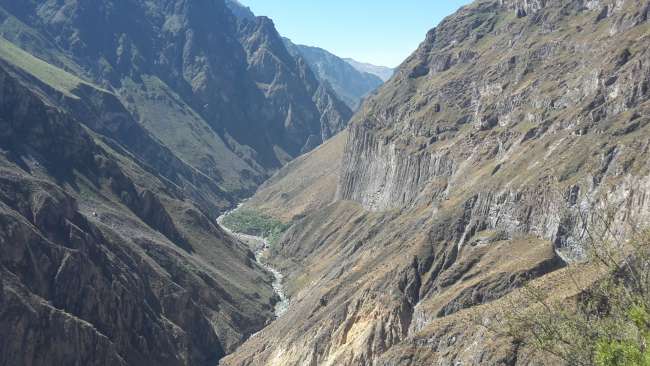
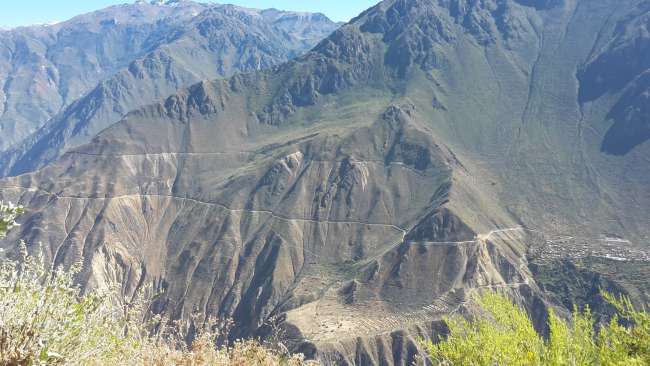
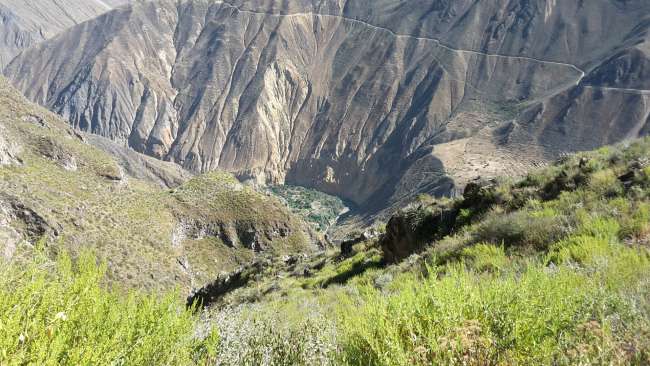
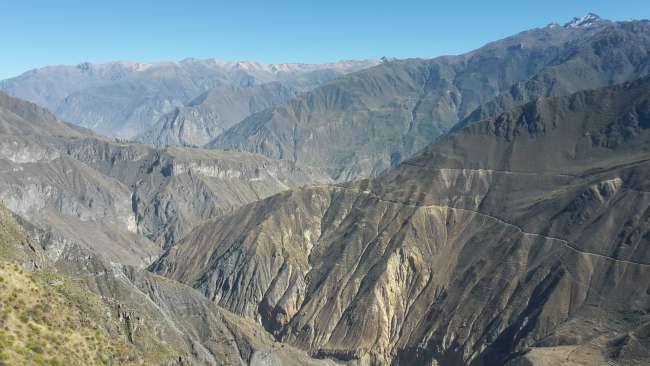
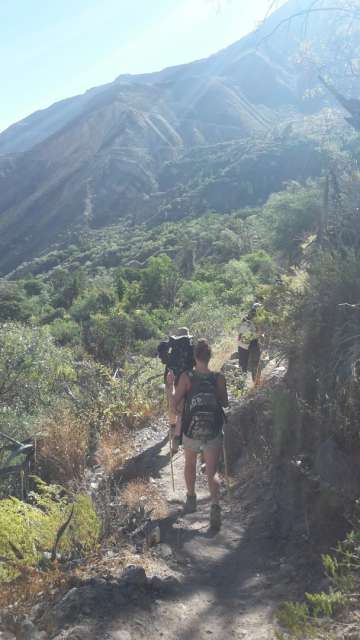
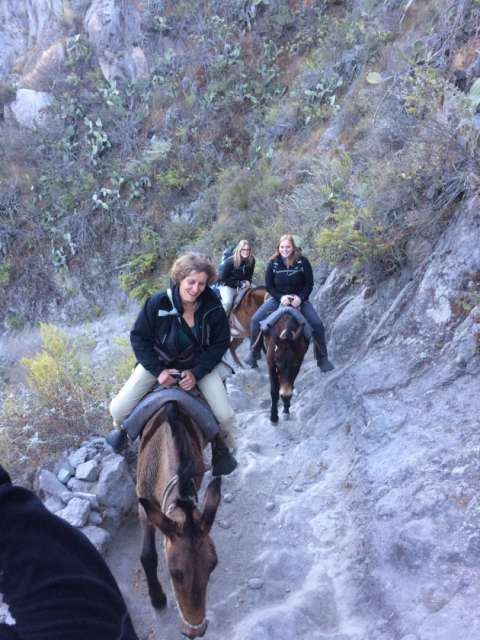
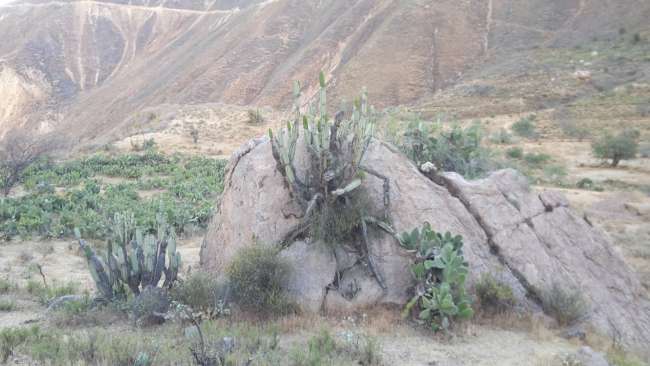
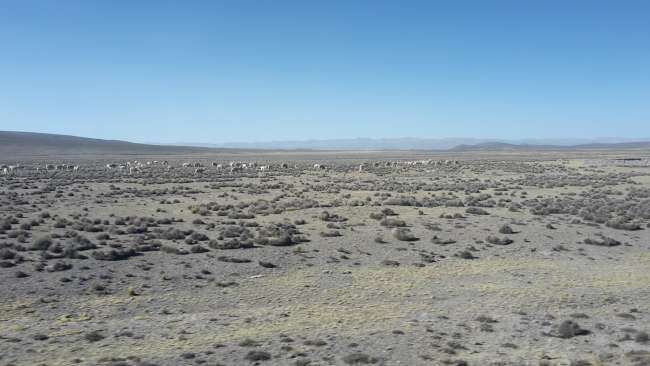
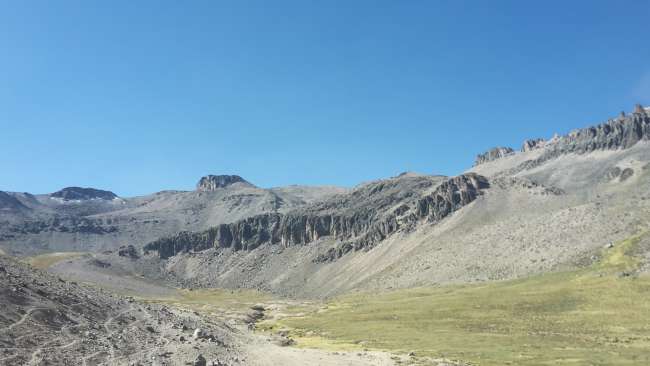
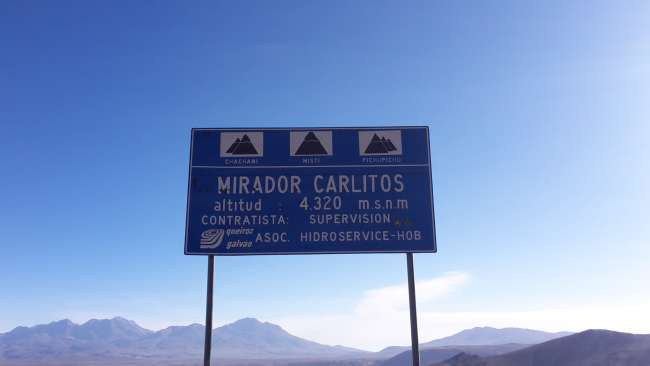
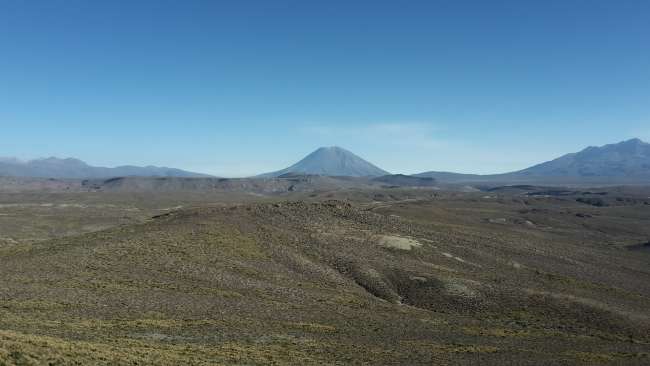
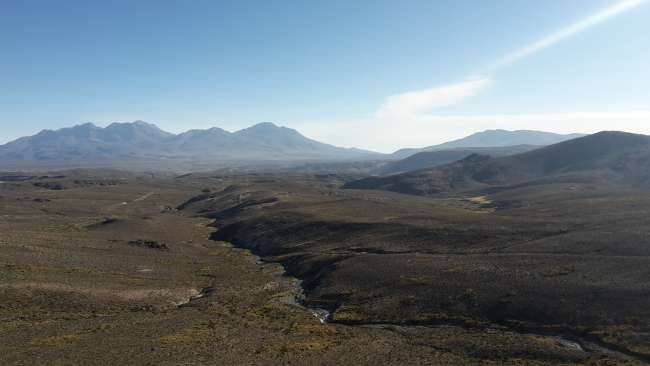
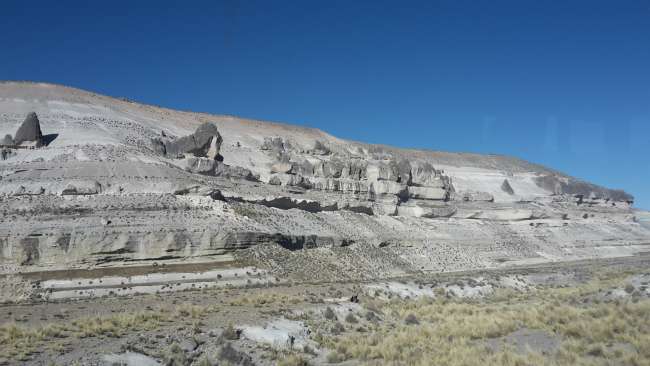
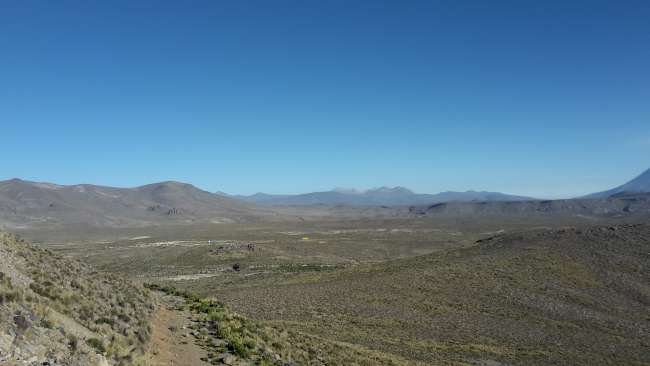
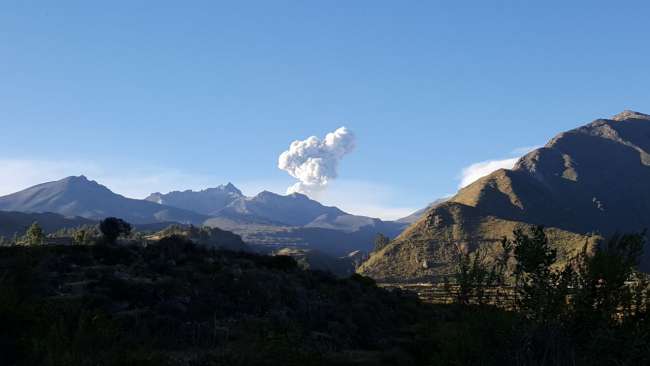
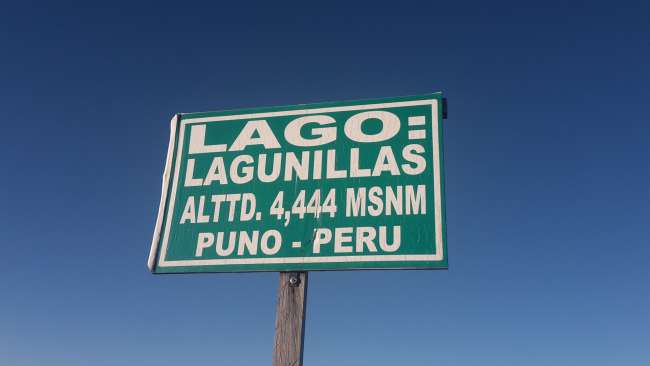
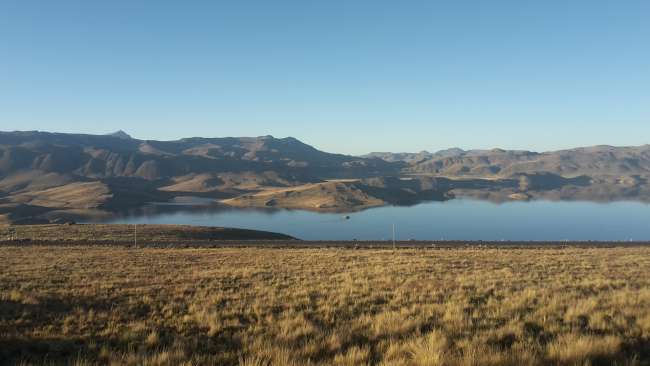
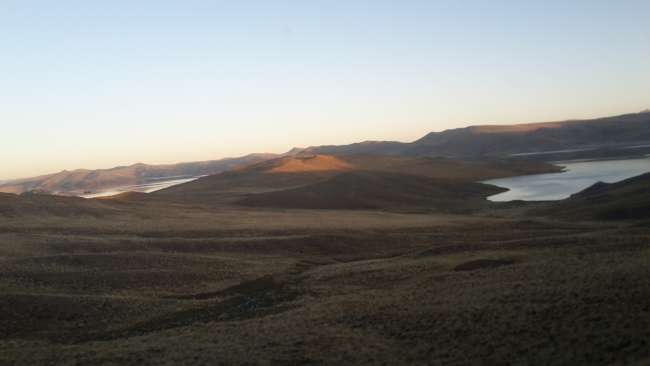
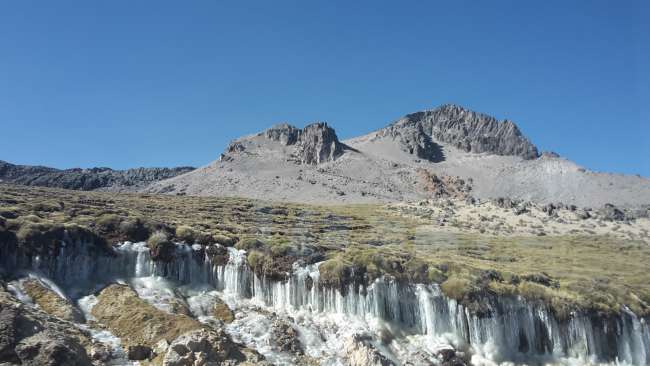
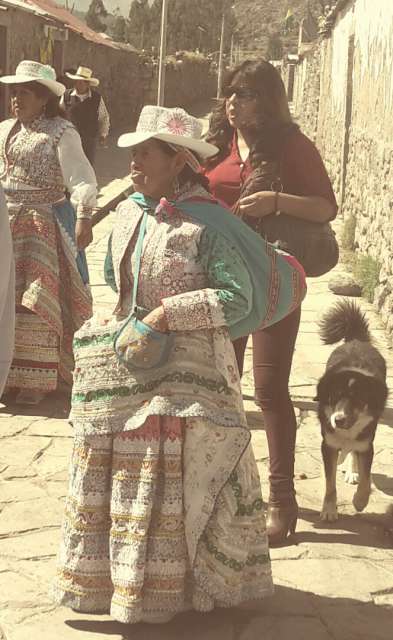
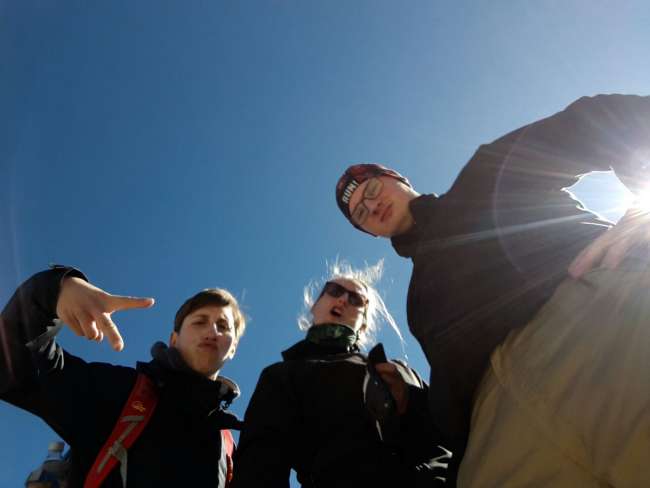
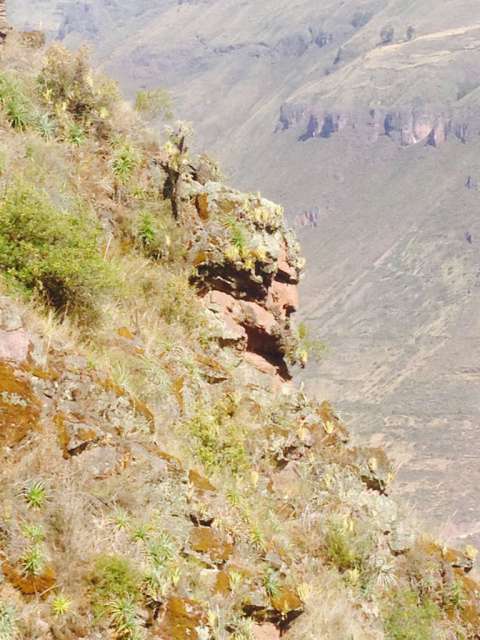
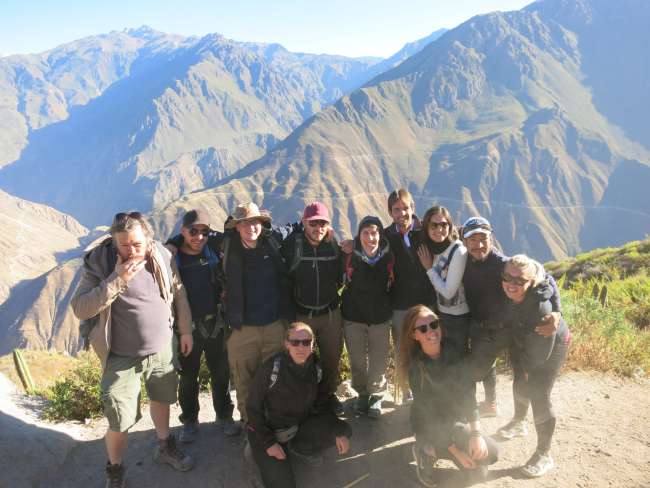
ނިއުސްލެޓަރ އަށް ސަބްސްކްރައިބް ކޮށްލައްވާ
The Peruvians are convinced that this canyon is supposed to be the deepest canyon in the world, with almost 3200 m. Unfortunately, that's not quite true, because from the visitor's standpoint it's only about 1200 m. Well, it all depends on the perspective, as always in Peru. And it was definitely worth a trip.
Our two-day tour started at three o'clock in the morning, with a half-hour delay from the agency - that's Peru for you. With the sunrise, I saw the impressive landscape of the Pampa de Cañahuas plateau (4000m) for the first time. The altitude quickly became noticeable. And so I was grateful for the coca leaves that I had in my luggage to revive my circulation. At this icy altitude, you can only see a few people, but there are many llamas and alpacas instead. You could see larger herds of them again and again. It was wonderful to observe the animals in their natural habitat.
We continued over a pass at 4910 m, and I was grateful for every meter of the descent into the Colca River Valley, that's for sure. After a quick breakfast and some coca tea, we headed to our first destination, 'El Cóndor Pasa - the flying messenger of the gods.' No other animal stands for the Andes and South America as much as the condor. It is considered a messenger of the gods and a mediator between heaven and earth, and it is still revered by people today. It was beautiful to see these animals circling so closely.
Then we continued to our starting point for the trek. On the first day, we had to cover 14 km, and most of the time was downhill. My mother had to switch to a mule after lunch, along with a few others because she was not feeling well due to the altitude and heat, and there were no roads. We reached the oasis around five o'clock, where we were supposed to spend the night. Unfortunately, it turned out that the agency had played a nasty trick on us. Neither our luggage was in the oasis - as agreed - nor did we have electricity, hot water, or a buffet. Breakfast would only be available the next day after the ascent. Our guide then told us, 'the luggage is never brought to the oasis because there is no road.' I started a petition because some people were deceived that way. During my investigation, I also found people who were told the truth. So we really had bad luck. The agency was smart, especially because we had already booked the bus directly to Puno and not back to Arequipa. So the agency knew that we would never go back there. After we had settled everything, the evening turned out to be quite funny.
On the second day, the ascent started at night - at five o'clock in the morning - and it was fantastic to experience the sunrise. We had to climb 1100 meters in three hours. I felt sorry for the poor mules because they were also at their limit, as they were constantly whipped. At that moment, I realized again what tourism meant for humans and animals. So I had to think back to our first conversation with David's boss and the question of whether there really is sustainable tourism?! We finally reached the top and had breakfast, then we went back to our luggage and had lunch. Then the next shock came. The bus we had booked did not have enough seats for everyone. After a long back and forth, we were taken to another bus, and we realized that we were lucky because this bus was much better equipped. To the dismay of our German acquaintances, because we were swapped as a group, and the other German group ended up in a more expensive bus where we eventually sat - what chaos! The journey to Puno led us back over the pass - which we passed without physical problems now - and through a spectacular landscape. We had a breathtaking view of the Ampato (6310m), Hualcahualca, and the active Sabancaya (5976m) volcanoes. The Sabancaya volcano was even active when we were there. After about two hours, we stopped at a viewpoint at 4320 m. From here, you could see the mystical volcanoes again, which you could only see vaguely from Arequipa. After another hour, we stopped at the highest lake in Peru, or maybe even the world? That's a matter of Peruvian perspective again. In any case, the Lago Lagunillas was located at 4444 m.
For me, the plateaus and mountains of Peru are a magical attraction, and I really feel at home here. This infinite vastness and the height of the mountains cannot be captured in a photo. It is a calmness and beauty that I have never experienced anywhere else, and I am in awe of these gigantic mountains.
In the evening, we reached Puno, the city on Lake Titicaca.
ނިއުސްލެޓަރ އަށް ސަބްސްކްރައިބް ކޮށްލައްވާ
ޖަވާބު

ދަތުރު ރިޕޯޓްތައް ޕެރޫ އެވެ
